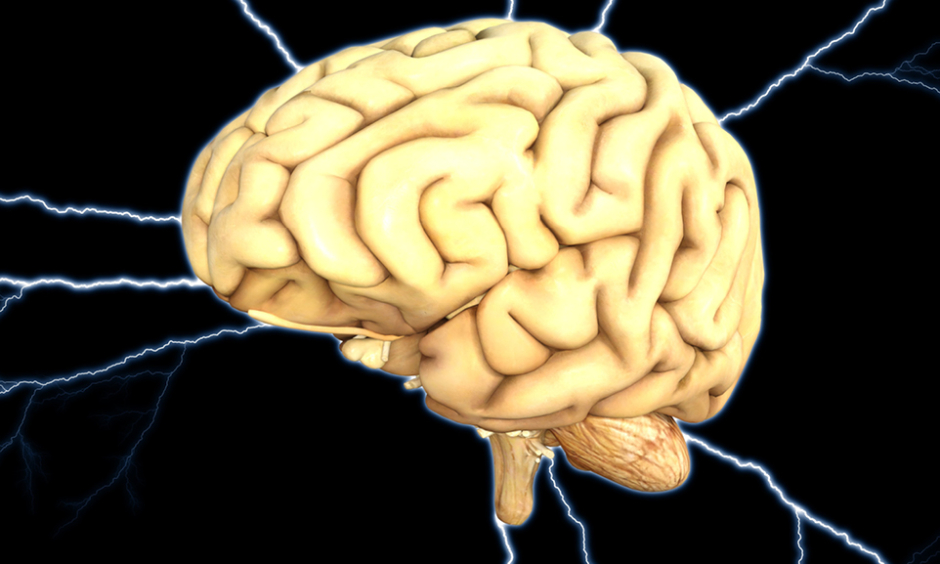VITAL insights into how the Alzheimer’s proteins, amyloid and tau, spread in the brain and how their interactions lead to memory problems have been identified by researchers from Maastricht University, Maastricht, Netherlands and Harvard Medical School, Boston, Massachusetts, USA. These findings are a major step towards identifying a possible cure for the condition.
Amyloid and Tau
The accumulation of amyloid and tau in the brain is strongly associated with Alzheimer’s, and previous studies have shown that these proteins build up years before the first symptoms of the disease become apparent. The team therefore undertook an analysis of 256 healthy elderly people aged between 64 and 90 years over a 6-year period; enough time to understand the ways in which the spread of amyloid and tau affect memory performance.
White Matter
It was found that tau protein spreads via the white matter that connects brain cells, a process stimulated by the amyloid protein. These discoveries were made using a positron emission tomography tracer, which binded itself to the tau protein. This new information about the ways in which the two proteins interact with one another and lead to memory impairment will be vital for researchers searching for new treatments for the condition, and ultimately finding a cure.
Study Expansion
The team now wish to expand their study to include much younger patients, since the first stages of Alzheimer’s occurs well before the first symptoms are noticeable. “In the study we’ve just published, we only looked at healthy people aged from 64–90,” explained Dr Heidi Jacobs, Maastricht University. “So we’re now working on a follow-up study, in which we’re going to look at people between 20 and 90 years old.”
Further Information
To read a recent EMJ interview with Dr Emer MacSweeney from Re:Cognition Health about the clinical trials of potential new treatments for Alzheimer’s, click here.
James Coker, Reporter
For the source and further information about the study, click here.








